Should you make an infographic?
A video?
Blog posts?
Hmmmmm...
“Should you make [type of content]” sounds like a yes or no question. But to come up with the right answer to that question, you need a lot of other information.
That’s what this post is about. Because as content marketing keeps getting more popular, you’re going to keep hearing things like...
- “Oh blogs are dead, it’s all about [shiny new thing] now”
- “What do you mean you don’t have a podcast? Do you hate customers?”
- “If you aren’t repurposing your content on at LEAST 37 platforms, it doesn’t even count”
Yes, I’m exaggerating (a little). But it does feel like there’s a lot of pressure to make every type of content. Even the thought of doing that is kind of exhausting.
Good news! You don’t need to make every type of content – just the ones that work for your business.
This post is about 10 types of content that work. You’ll get data on each type of content, what makes it effective (or not), and how to decide what content you need in the first place.
Try it now, for free
How do you know which types of content to use?
Anyone can give you a list of the 167 types of content they brainstormed off the top of their head. That isn’t the hard part about deciding to use content marketing.
The hard part is figuring out what type of content makes sense for your business.
In other words:
- The types of content that your target audience will care about
- The types of content that will help you promote your product or service
How do you create that content?
Understanding the types of content your audience consumes is difficult. As I’m writing this, there’s no single content marketing tool or method that’s guaranteed to tell you where your audience hangs out online.
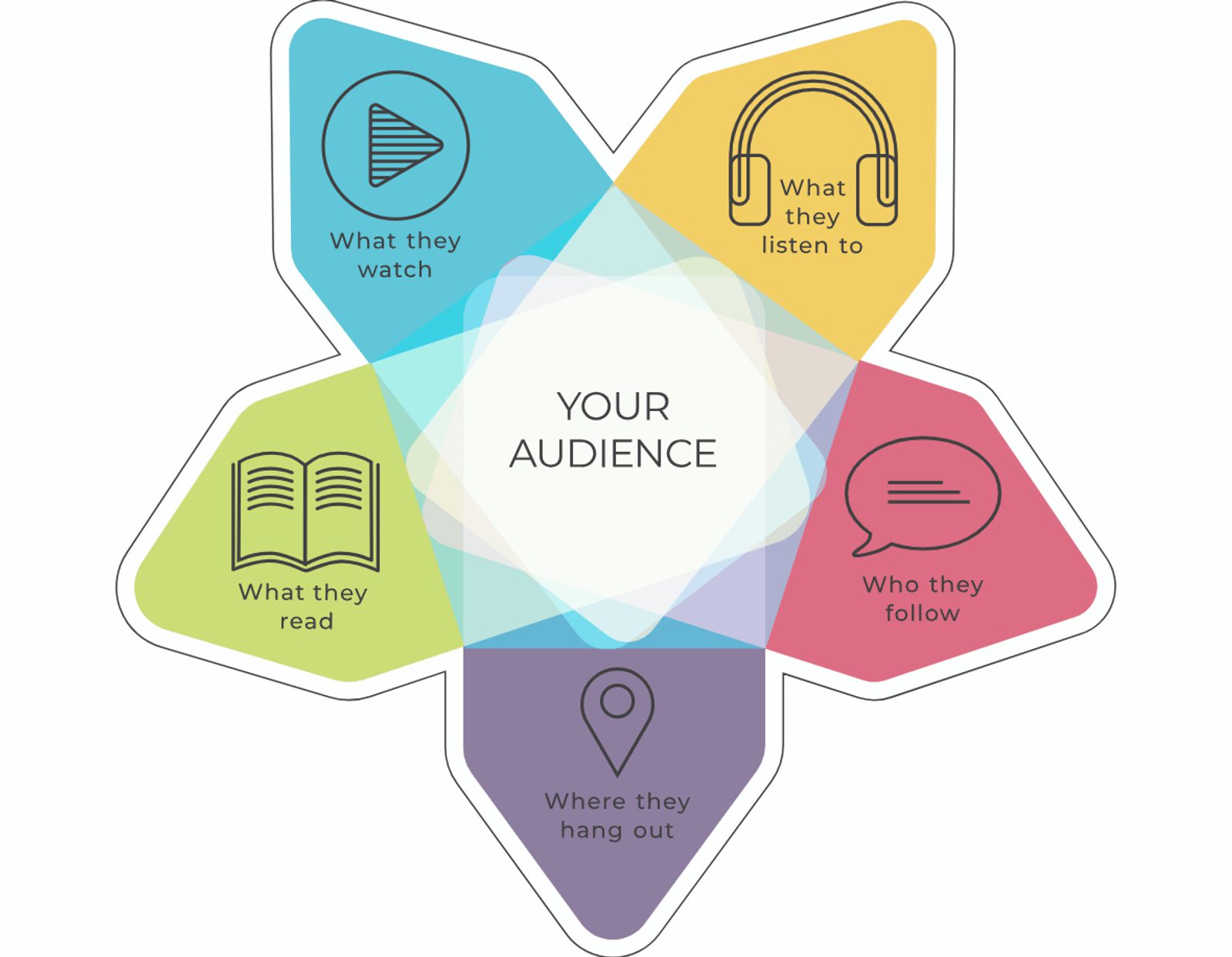
But there are still things you can do to understand your target audience and create successful marketing content that’s going to get results specifically for you.
We’ve written a few posts about how you can do audience research. Even if you don’t have a literal list of URLs where your audience hangs out, you can still understand their pain points and make best guesses:
- “Know Your Audience” is a Lie, But it Still Matters
- How to Write Blogs that People Love to Read
- How to Do Market Research for Small Business
- How to Identify Customer Needs
Jimmy Daly, a content marketing expert at Animalz, has written about content marketing personas as well:
“We’d like to propose an alternative to the traditional marketing persona that helps inform the style of writing and the quality of the ideas. Instead of asking, ‘Who is our target reader?’ ask, ‘At what level is our target reader thinking?’”
Are your readers looking for a list of tips? Step-by-step? Big picture insights?
Thinking about where your target audience falls on the “tactical vs. strategic” spectrum is a good way to figure out what types of content they might enjoy most.

Sure, you can write a piece of content that search engines love and that brings a lot of traffic to your website – but don’t expect to get much attention from CEOs if you’re writing “17 Magical Corgis That Floof So Hard You Can’t Even.”
With that in mind, here are 10 types of content that you can use to appeal to different types of people.
- Long-form blogs (deep analysis or step-by-step)
- Short-form blogs (driven by a “big idea”)
- Original research
- How-to videos
- Social media videos (for short-term promotion)
- Partner webinars
- Case studies
- Checklists
- Infographics (especially as data visualization)
- Podcasts (for an existing audience)
Wait…which type of content is missing?
10 types of content (you can use for different target audiences)
Should you go after thought leadership? Isn’t video content the latest craze? What kind of content is going to build trust (while also building your email list?)
These are the types of content that work (and the ones that get mixed results).
1. Long-form blogs (deep analysis or step-by-step)
“People don’t read on the internet,” right?
Wrong.
People read content that’s relevant to them. There are so many examples of long-form content that gets incredible results:
- Long Facebook Ad copy can get better CPA and more engagements
- Ultimate guides can perform incredibly well – like 330,000+ visitors (to a new site) well
- When Conversion Rate Experts increased Crazy Egg’s home page length by 20x, conversions went up 363%
Orbit Media Studios runs an annual study of 1000+ bloggers. They’ve found that not only has the average blog post increased in length since 2014 – bloggers who write longer posts report better results.
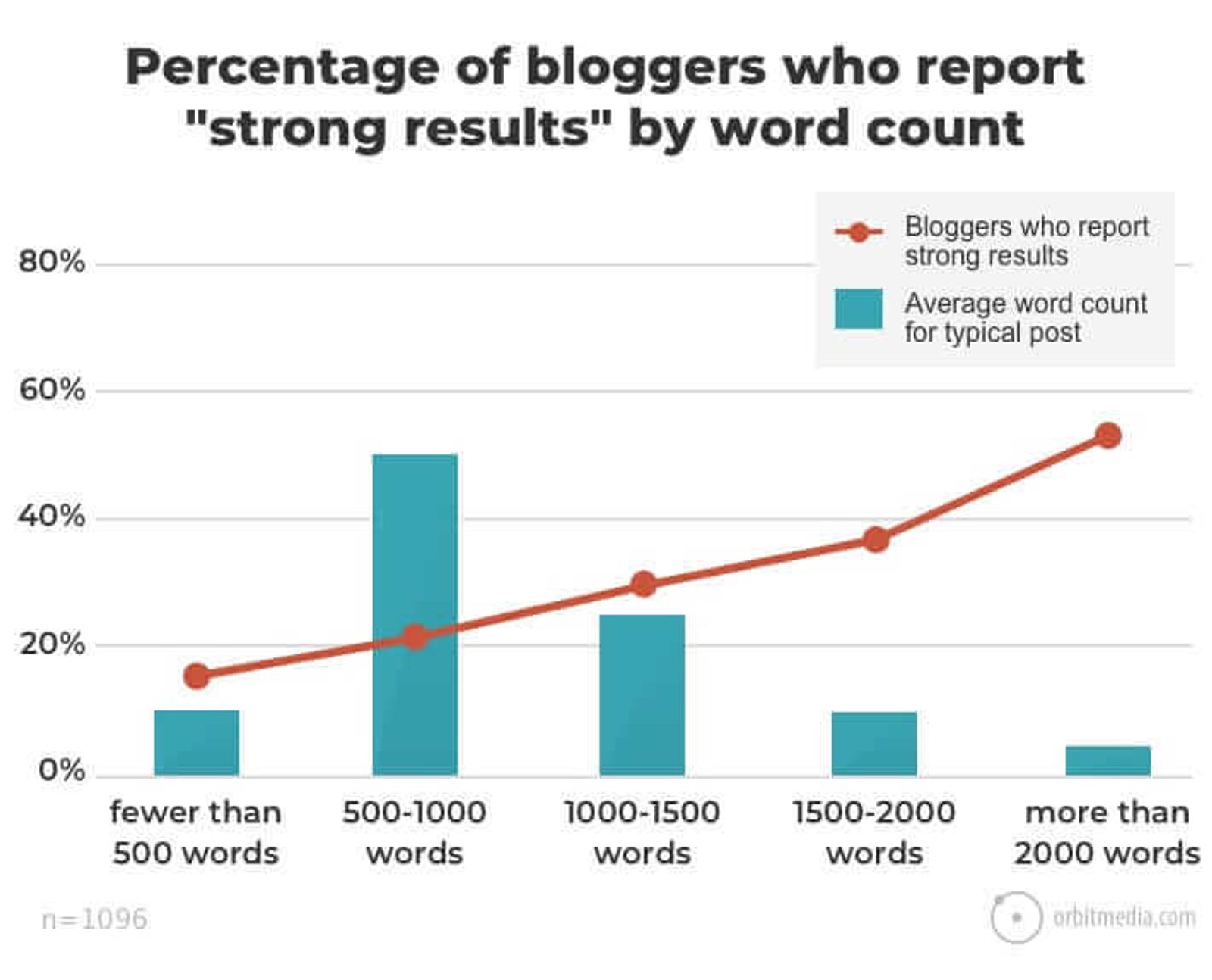
So if you write long blogs, what should you write about?
It depends on where on the spectrum your audience is. You could write:
- Step-by-step blogs, like when Buffer writes about how to get verified on Twitter
- In-depth analysis, like when Ben Thompson writes about the history and market position of AWS
You could even write posts like this one – listicles that have enough detail to still be useful.
2. Short-form blogs (driven by a “big idea”)
What if you’re targeting a group of people who don’t have a ton of time?
Short-form blogs sometimes get a bad rep – because it’s harder to drive a lot of traffic to short-term blog posts. Especially as social media platforms and Google change their algorithms, a high percentage of traffic comes from search (where short-form blogs don’t always do as well).

But that doesn’t mean short content is never useful. In fact, there are some people who have a ton of success with shorter content because…
- They have a built-in way to promote it (usually an email list or a strong personal network)
- The content has a key insight that’s hard to come by anywhere else
Here are a few examples of people who have great, insight-driven content:
- Eric Cressey is a top strength and conditioning coach, with lots of top-tier clients (his client Corey Kluber won baseball’s Cy Young award). This post of his is just 394 words, but it gives an insightful answer to a difficult question – when should athletes train for mobility vs. stability?
- Jimmy Daly (referenced earlier) writes content marketing blogs. Because he targets executives and managers, his content is less “how-to” and more “big-picture.” This post of his is just 695 words, but it makes one point expertly (and is backed by his experience)
- Morgan Housel writes at a VC fund, about markets and investing. Some of his blogs are 4,000+ words, but others like this one are ~800. People read his blogs because they have insights and pull interesting information from outside the world of investing (including evolution, politics, psychology, and geology).
Short blogs don’t have an obvious “playbook” for success the way long blogs do (optimize for search and get links).
But if you have an email list you own or a strong reputation in a niche field, short blog posts may be the best way to get your ideas heard.
3. Original research
In 2017, BuzzSumo founder Steven Rayson analyzed 100 million articles. He found that three types of content seem to outperform all other types of content:
- Authoritative research
- Reference content
- Opinion content
It’s not all that easy to create content that becomes the go-to reference in your field.
And opinion-forming journalism is hard to manufacture (although it spreads well on average, there can be a lot of variation from post to post).
Research though – that you can find a way to do. Even though it can be more time-intensive to produce, the best content vastly outperforms all other content.

It’s worth spending extra time on content if it gets massively better results, right?
And yet, only 47% of marketing teams publish original research.

Why? Probably because, as an intense type of long-form content, research is hard to do.
At the same time, it gets great results (social shares, links, traffic) because it’s so hard to do and so valuable.
(As Bob Kelso says in Scrubs: “Nothing in this world that's worth having comes easy.”).
Still, there are some good ways to do original research without getting a PhD in data science.
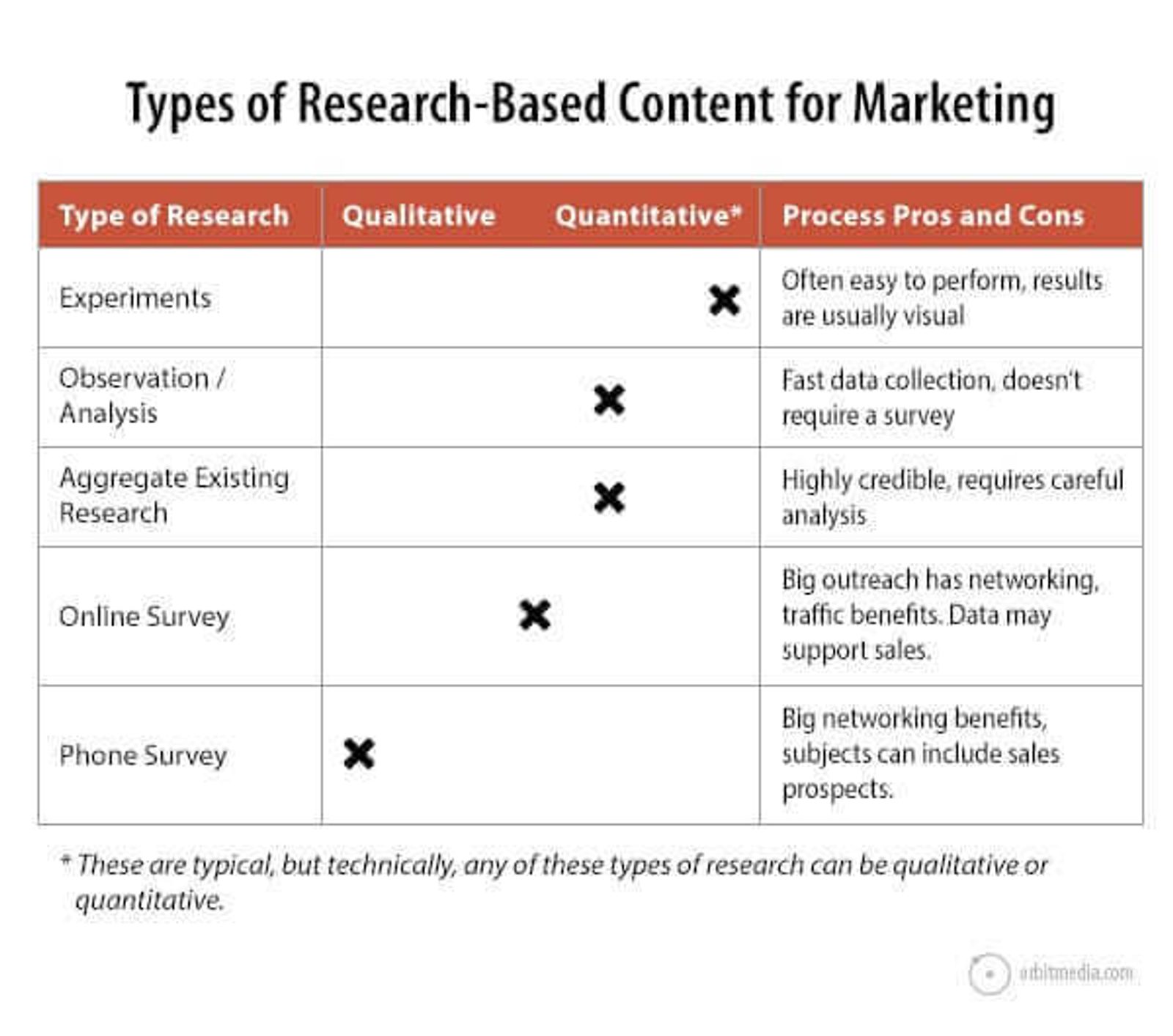
There’s lots of data out there that you can use. Orbit Media (where that table comes from) has studied web design practices on top websites and salary information for marketers (pulled straight from Glassdoor).
Online surveys are becoming more and more popular. An experiment that you run on your own website can work just fine as well.
Original research is harder than most digital marketing. But it is possible – and if you do it well it can get you some incredible results.
4. How-to videos
Some things are just easier to explain in a video.
When I wanted to download MySQL on a Mac, an article just didn’t fit the bill. It would be too hard to follow each step without screenshots. So I looked up a video like this one.
When a physical therapist like Kelly Starrett wants to take his business online, he does it through video – because no one can really figure out how to exercise by reading a list of instructions.
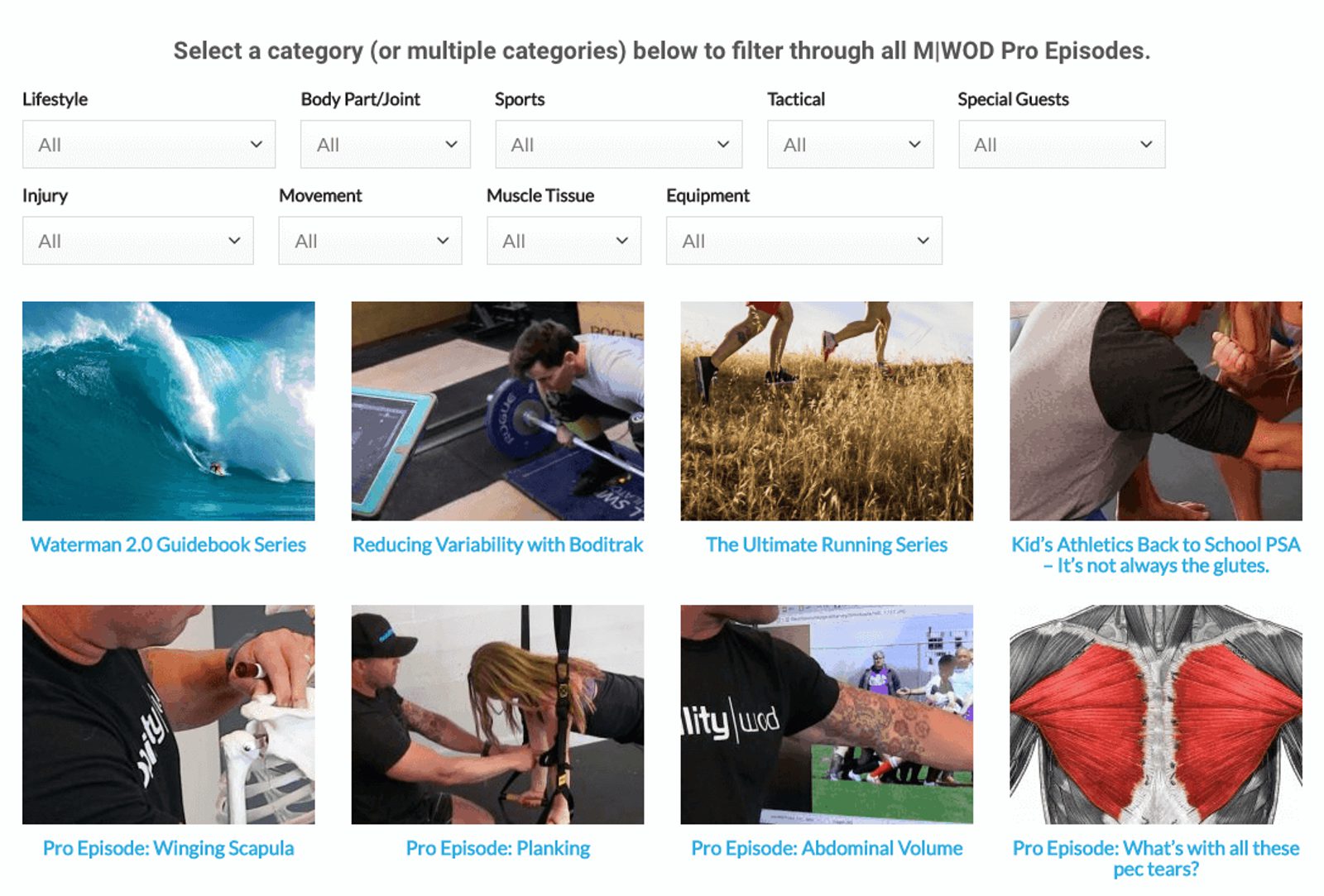
Vanessa of Speak English with Vanessa grows her audience on YouTube. Because when you’re learning to speak English, you probably want to actually hear what English sounds like from a native speaker.

As the ability to create high-quality videos gets more and more widespread (thanks smartphones), video content is absolutely booming.
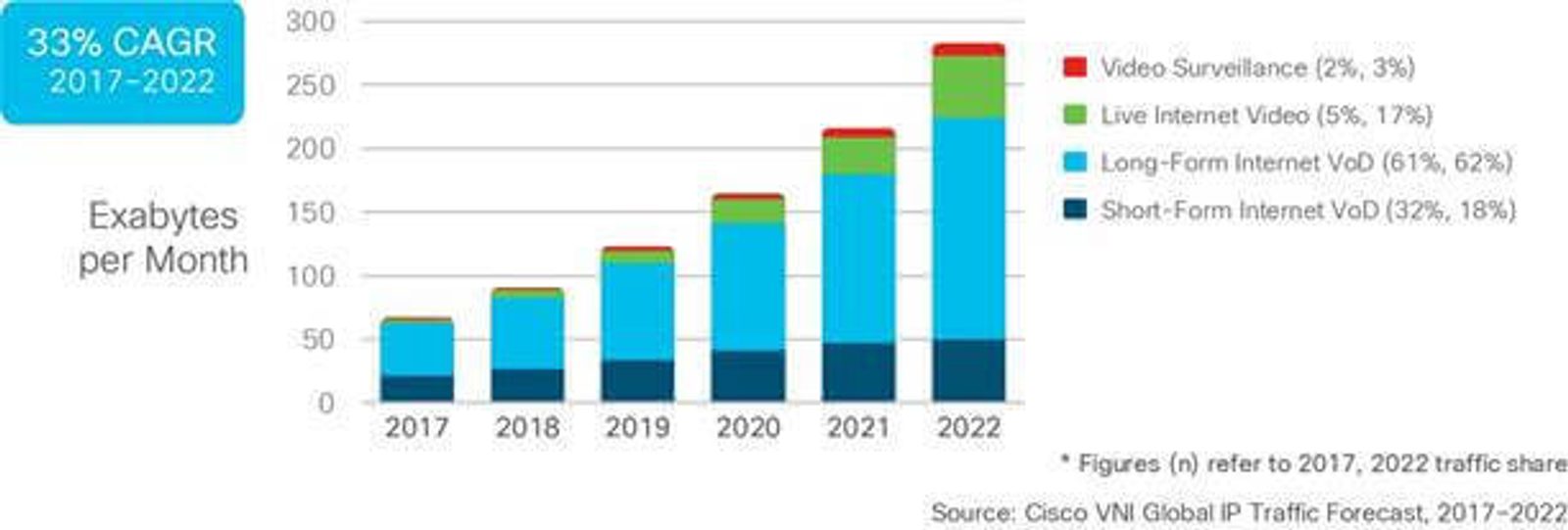
A forecast and trends report from Cisco (which I don’t recommend reading because it’s pretty dry) states that video will account for 82% of all IP traffic by 2022.
To flex my nuance muscle just a little bit – it’s worth noting that a lot of the growth in video content comes from “long-form internet VoD,” which includes streaming services like Netflix and Hulu.
But “short-form internet VoD” (for example, the stuff on YouTube) is still growing. And live internet video is growing really fast (lots of stuff on social networks, Twitch streams, etc.).
Here are a few things to think about when you’re considering making how-to videos…
- Does the content lend itself well to video? I would rather read my news, but instructions and walkthroughs of software could be easier on camera. Video also makes it easier to inject some personality.
- Video can be great for busy experts. Sitting down to write or design something is hard. But talking to a camera is a lot easier for some people. If you have a legit expert, just putting them on camera could be a great way to download their knowledge.
Finally, the best videos get to the point.
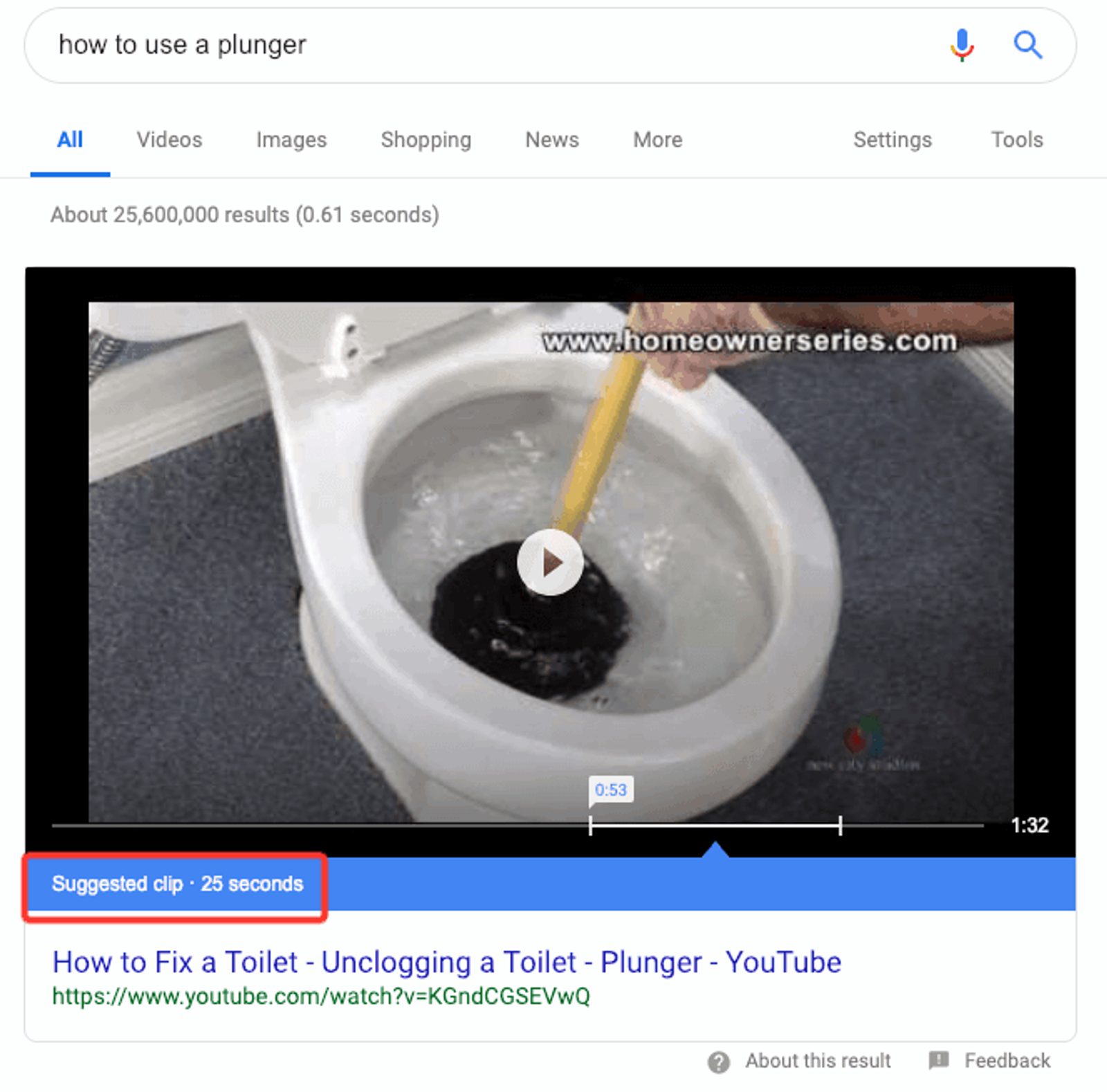
People come to how-to videos to solve problems. So if you hit them with a bunch of rambling before you solve their problem, they’re not going to stick around for very long.
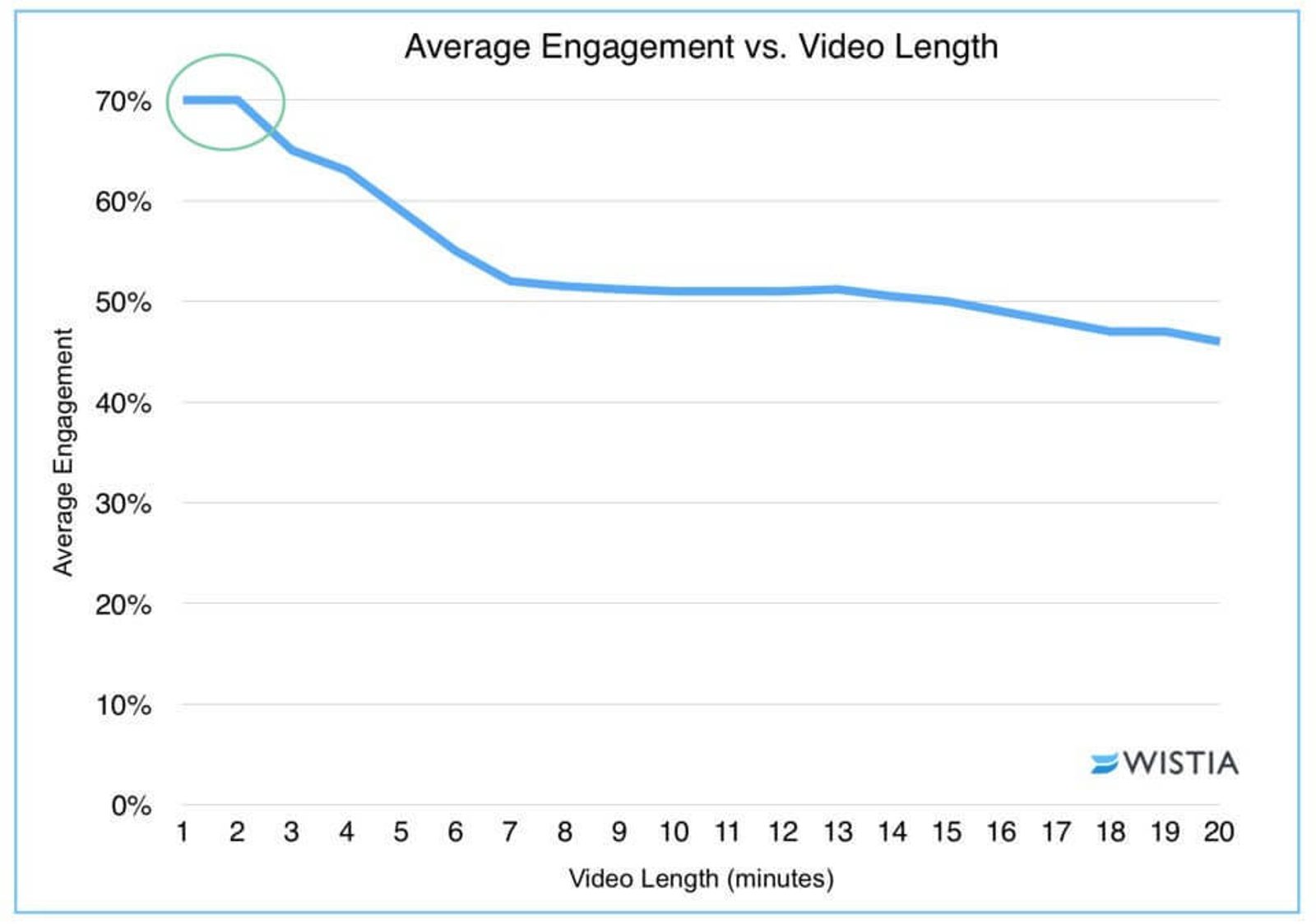
Research from Wistia shows that video engagement drops off sharply in the first 7 minutes of your video.
This does not mean you should only create short videos – and you could even use it to argue that if you’re going to make a 7-minute video you might as well make a 13-minute video.
What it does illustrate is the importance of your “hook.” As with all content, people will engage with stuff that’s interesting or helpful – so make sure your videos grab people early on.
5. Social media videos (for short-term promotion)
How-to videos are kind of evergreen. But can you use video to increase your reach in the short term too?

Of course, you can. Video is a highly engaging form of content on social media. Research from BuzzSumo found that video is the best form of content for Facebook (ranked by number of engagements).
Video content can be great to improve your reach on social media.
Andy Crestodina of Orbit Media argues that video content can serve as promotion for other types of content as well. In his blog on how to make social media videos, he points out that a social media video can essentially be an “advertisement” for your blog posts and other content.
From chatting with Andy, he’s found that video helps bump up his engagements and eventual conversion rates – especially on LinkedIn.
If you want to stand out as a social media marketer, it’s worth testing video.
6. Partner webinars
Webinars used to be a gold mine of conversion rates. You could find someone launching their online course without a webinar – because they just worked.
Then webinars got easier to make. Everyone started doing them. The average quality went down. Even if you made a great webinar, your prospects would think “Ugh, another one of these things?” and not sign up.
That doesn’t mean webinars are dead – it just means they’re different.
The key to today’s version of webinars is partnership.
ConversionXL partners with a variety of marketing experts for their ongoing series of webinars.

Bringing an expert onto a webinar is mutually beneficial:
- The expert benefits by reaching your audience
- You benefit by reaching the expert’s audience
Running a webinar for the sake of running a webinar doesn’t make much sense.
But if you have the chance to work with an expert in your field (or another company), you may both be able to benefit by reaching new audiences. Try out our free webinar templates to get started!
7. Case studies

Imagine you sit down in a room full of people. A presenter gets up to the projector and shows you these lines.
Look at the line on the left. Which of the other three lines is it closest to in length?
The obvious correct answer is C.
But unknown to you, every other person in the room is in on a joke. And they all start answering B, out loud. When it’s your turn to answer, would you still say C?
Solomon Asch ran this experiment for the first time in the 1950s, and it’s been replicated over and over since then. This general finding – that other people’s opinions can influence yours – is called “social proof.”
Robert Cialdini coined the term in his famous book Influence.

Influence makes every “top marketing books” list (Source, Amazon)
Other people doing things makes them more appealing. And when you want to sign up for something, seeing that others have done it is reassuring.
That’s where case studies come in.
Case studies are success stories. They’re stories from customers who had a great experience. And they’re really, really useful for your marketing.
You can put these things on your home page. On your landing pages. You can use them in meetings with prospects. Case studies are powerful content marketing tools.
If you write really good case studies, you can even use them just like other content.
Case Study Buddy, an agency founded by the copywriter Joel Klettke, offers “narrative format” case studies in one of their packages.
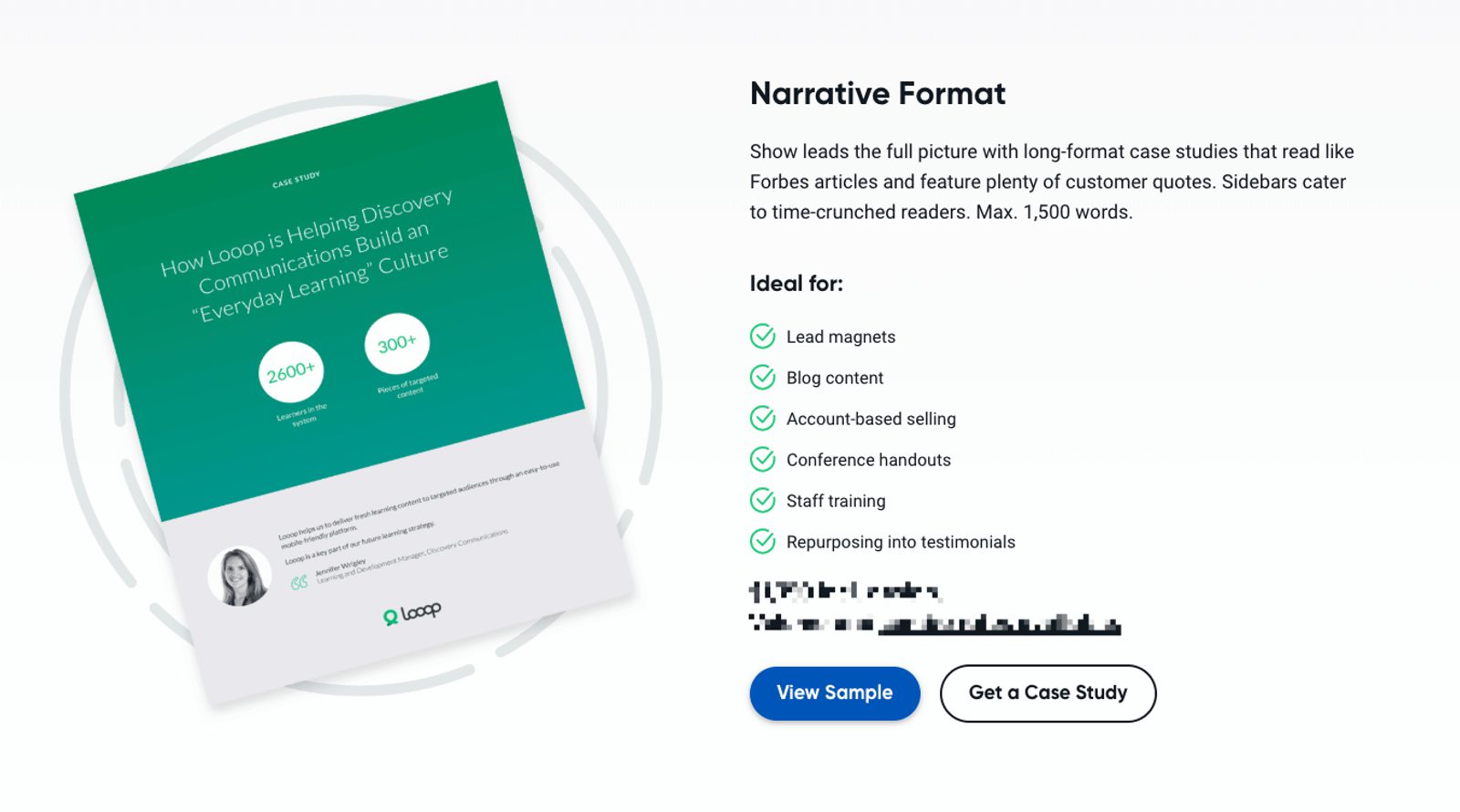
Case studies don’t need to be dry (Source, Case Study Buddy)
Done well, your case studies can be stories that are appealing in their own right.
8. Checklists
A surgeon goes through 4 years of undergrad, 4 years of medical school, 3–8 years of residency, and (probably) a specialized fellowship that lasts 2–3 years. That means they do anywhere from 13 to 21 years of schooling.
So there’s no way something as simple as a checklist could have a huge impact...right?
Well, yeah. It can.
Surgeon Atul Gawande published The Checklist Manifesto in 2009, after researching to show that simple surgery checklists could make fewer people die.
As recently as 2017, a major study in 14 hospitals showed that surgery checklists reduced deaths by 22%.
Even if your audience isn’t a group of surgeons – checklists are a powerful form of content.

Checklists are a great form of content because they’re a simple, step-by-step guide. They’re also instantly useable – which makes them a great option as a lead magnet for your website.
9. Infographics (especially as data visualization)
Ahh infographics. Once the holy grail of link building, ye have experienced an unfortunate decline. Forsooth!
Infographics used to be an incredible tactic to get high-quality links. As Search Engine Journal writes, infographics were great, until everybody started doing them.
And oh man were they champions. A friend of mine once built 90,000 links (good ones) with one infographic.

Sadly, infographics declined in effectiveness. They’re in the end phases of the “lifecycle of a tactic.”
Infographics may not generate 10s of thousands of links the way they used to, but they can still be valuable. The key is to combine an infographic with valuable data.
Just take a look at this post. I’ve included data-based images from…
- BuzzSumo
- Cisco
- Wistia
- Sparktoro
- Orbit Media
Each one comes with a link.
The old-school huge infographic that doesn’t say much isn’t as valuable as it used to be.
But the new-school infographic – a chart that makes an important point – can still be really successful.
Data is really useful when you’re making decisions, but it can also be hard to wrap your head around. That’s what makes data visualization so valuable – it makes hard-to-grasp things easier to grasp.
One article in Forbes ranked Tableau (a data visualization tool) 3rd on the list of career skills with growing demand.
If you can create original research – or make a compelling visualization of someone else’s research – you can still have a ton of success making infographics.
10. Podcasts (for an existing audience)
Here are a few reasons marketers are going nuts for podcasts (from Edison Research and Nielsen):
- 44% of people in the US have listened to a podcast
- 26% of people in the US listen to at least 1 podcast per month
- 45% of podcast listeners have an income over 75k (vs 35% in the general population)
Podcast listeners tend to be relatively well-off. When they listen to podcasts, they listen to almost the whole thing (80+%). And avid listeners listen to seven podcasts a week.
All of this is to say that podcasts are a rising medium – their popularity keeps increasing – and marketers are way into the engagement and type of listener they attract.
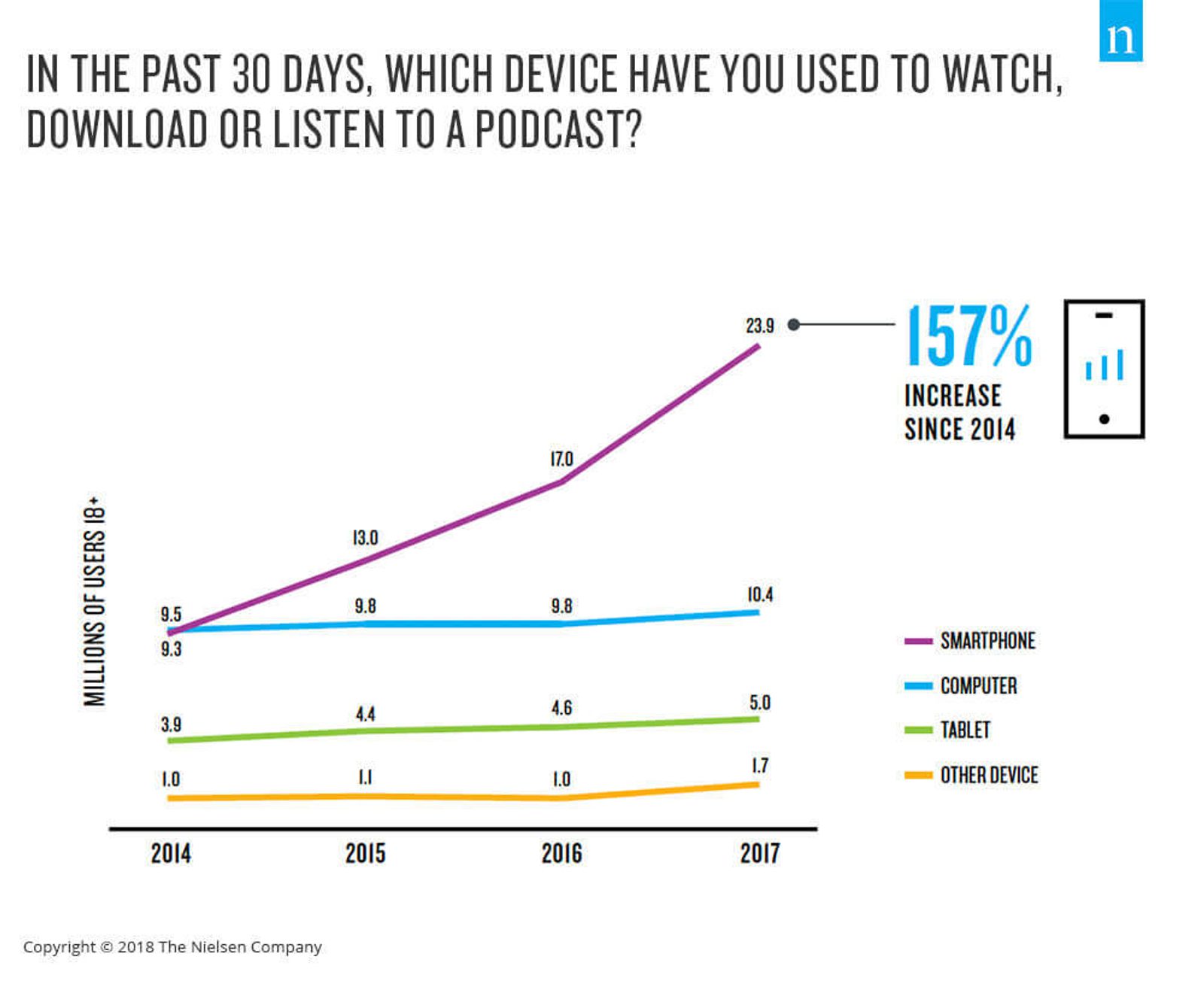
Of course, like every type of content, podcasts have drawbacks too…
- It’s hard to get numbers on podcast downloads/listens. Your analytics are spread across a bunch of different platforms
- Podcast discoverability sucks. If you want to build a new audience via podcast, you’re probably fighting for rankings in iTunes.
- Doing a podcast well is hard. Simple interview podcasts are played out.
This is why marketers like Ryan Holiday write articles like Please, Please, For The Love Of God: Do Not Start a Podcast.
It’s also why a marketer like Jay Acunzo, who runs a successful podcast himself, says something like:
“It's like if you haven't had success with content marketing already, if you have zero audience, do not start with a podcast, because it's going to be just such an uphill battle. Start with a blog, start with social, events, whatever.”
Dramatic warnings. Ultimately, though, they're just saying "Don't expect podcasts to be a magic bullet." There are no magic bullets.
All types of content have drawbacks. Here's how podcasts have a ton of benefit:
- They let you get depth – people will listen to a 40 minute podcast, but may or may not read a 40 minute blog post. You can’t skim a podcast
- Podcasts allow passive consumption. You can reach people while they go about their lives, so they don’t compete as much with other forms of content that require active attention.
Notice a theme? The key to podcasts is engagement.
If you want to get more attention from people you already talk to, podcasts are a great fit. They let you stay in front of your audience.
If you’re hopping on the podcasting bandwagon, maybe pump the breaks.
Interview podcasts – unless the interviewers are really good – are a commodity. It’s worth taking a moment to come up with a “show” concept (which is what Acunzo recommends).
Follow the advice of content marketer Jimmy Daly: you need to do it better or do it differently.
Conclusion: Other types of content (that have mixed results)
What about the other types of content? There are waaaay more than just the 10 I mentioned, right?
Of course. But I would argue that these are the 10 most effective. Other digital marketing content exists. It just doesn’t always make sense to use it.
Here are a few tactics you might have heard of:
- Ebooks. Ebooks took the same hit as infographics – everyone started doing them. But they don’t have the same shareability as infographics, so they’re a high-investment tactic that’s getting less effective.
- Social media contests look great! You can get lots of subscribers quickly – but you won’t get many qualified leads. Mostly just people who want to win a prize.
- Twitter Chats are an interesting way to interact with a specific community. These can work, depending on your goals, but are a lot of work to run.
- Reddit/Quora threads. Questions and answers are a great marketing tactic, right? Answering Quora threads has been hyped up recently, but it takes a lot of work for not much return on your effort.
- Presentations. Sometimes slides can be more consumable than other content (very easy to skim). The challenge is that lots of presentations cover the same info – and Slideshare (the most popular hosting platform) doesn’t work as often as it does work. (The rise of pre-designed presentations might change this).
- Whitepapers are common in B2B. But they have a lot of the same problems as ebooks – everyone started doing it, and most of them are not very good. To be effective, a white paper probably needs some original research or insight.
- Interviews. Get an expert to share their wisdom. Foolproof, right? Unfortunately, there are so, so many of these – and lots are low quality. Dead air, fumbled statements, and people who give the same interview 6 times causes diminishing values.
There are a ton of different types of content marketing you can do – you don’t need to restrict yourself to text.
Choose from the most effective content types, “do it better or do it differently,” and get successful with your content marketing.








